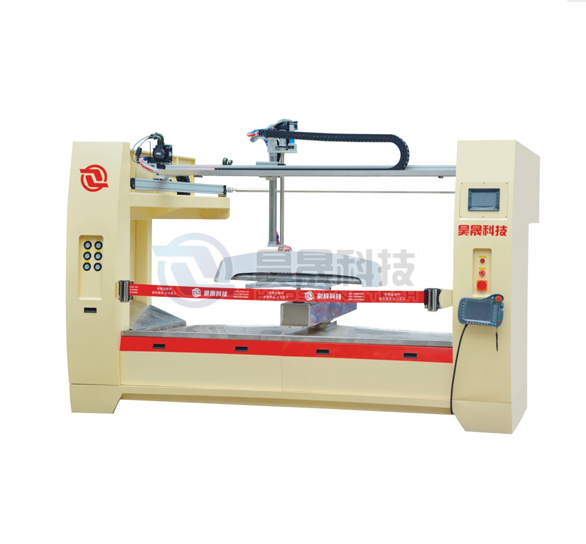Choosing the right five-axis reciprocator for your needs can be considered from the following aspects:
I. Define the application requirements
Determine the machining task:
First of all, it is necessary to clarify what the specific processing task of using a five-axis reciprocating machine. For example, is it for precision parts machining, mould making, engraving or other specific processes? The performance requirements of a 5-axis reciprocator will vary from one machining task to another.
Consider the size, shape and material of the parts to be machined. If the part being machined is large or complex in shape, it may be necessary to select a 5-axis reciprocator with a larger stroke and higher accuracy.
Precision requirements:
Select the appropriate 5-axis reciprocator based on the accuracy requirements of the machining task. Precision requirements include positioning accuracy, repeatable positioning accuracy, machining accuracy, and so on. If you need to carry out high-precision machining, such as aerospace parts manufacturing or medical equipment processing, you need to choose a high-precision, stable five-axis reciprocating machine.

Understand the accuracy indexes of different brands and models of five-axis reciprocating machines and compare them with your needs. You can refer to the information provided by the manufacturer such as technical parameters, user reviews and actual cases.
Production efficiency requirements:
Evaluate the output requirements of the production task and determine the processing speed and efficiency requirements of the 5-axis reciprocating machine. If high throughput production is required, choose a 5-axis reciprocating machine with fast motion speed and high degree of automation to improve productivity.
Consider factors such as tool change time and table exchange time of the 5-axis reciprocating machine, which can affect productivity. Also consider the reliability and stability of the equipment to ensure long continuous operation.
Second, examine the performance of the equipment
Motion performance:
Focus on parameters such as the number of motion axes, stroke, speed and acceleration of the five-axis reciprocating machine. According to the needs of the processing task, select the appropriate number of motion axes and stroke range. At the same time, higher speed and acceleration can improve machining efficiency, but also consider the stability and accuracy of the equipment.
Understand the motion control system of the 5-axis reciprocating machine, including the type of control system, accuracy and response speed. Advanced control systems can achieve more accurate motion control and improve machining quality and efficiency.
Tooling system:
Consider the five-axis reciprocating machine's tool magazine capacity and tool changing methods. If the machining task requires the use of multiple tools, you need to choose a 5-axis reciprocating machine with a larger tool magazine capacity and faster tool changes.
Understand the types and specifications of the tools to ensure that the 5-axis reciprocator can use the required tools. It is also important to consider the quality and durability of the tools to production costs.
Machining capabilities:
Examine the machining capabilities of the 5-axis reciprocator, including the size, cutting force, and torque. These parameters determine the size of the part and the hardness of the material that the machine can machine. Select a five-axis reciprocating machine with sufficient machining capacity according to your machining needs.
Understand the machining range of the five-axis reciprocating machine, such as milling, drilling, tapping, engraving and so on. If you need to carry out a variety, you need to choose a fully functional five-axis reciprocating machine.